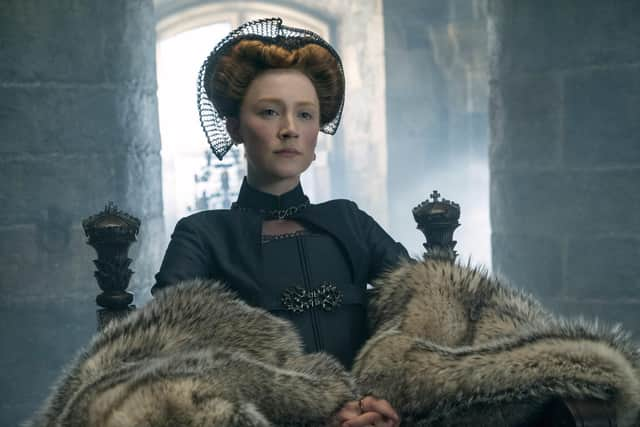How Mary Queen of Scots used textiles to convey potent political messages – Laura Waddell


Textiles are a treasure trove, as Claire Hunter argues in Embroidering Her Truth.
“Until recent decades, predominantly male historians have concentrated on the transformative impact of the Renaissance on art and architecture. But it was as readily displayed through its crafts, and key among them were textiles,” she writes.
Advertisement
Hide AdAdvertisement
Hide AdIndeed, as the book elaborates so intriguingly, textiles – across domestic decor, court fashion and personal needlework – were used to communicate potent political messaging by Mary Queen of Scots and other 16th century European queens.
This densely packed, elegantly written book added texture and visual imagery to my understanding of Scottish history.
A favourite tidbit: “One of Mary’s first actions on taking up her throne was to order sufficient fabric, thread, and trimmings to outfit herself and fifteen of her ladies for their first progress through Scotland in September 1561.
"All still in mourning black, their collective material grief even extended to the trappings of their horses, whose bridles and reins were woven in black silk thread. Such uniformity ensured that Mary’s status was reflected in the swell of the women grouped around her. It manifested the extent of the loyalty and protection accorded to her.”
As Beyonce would say, ok ladies now let’s get in formation.
Using the example of Catherine de Medici’s extensive needlework, Hunter describes what can be gleaned from examining textiles as “a stitched version of a cabinet of curiosities: a library of knowledge, a collection of personal memorabilia and intimate confidences. At a time when women’s writings were rarely conserved, these embroideries bore testimony to not just who she was but what mattered to her.”
I was honoured to be on the judging panel of the Saltire Society’s First Book Award in 2019 when Hunter’s first book Threads of Life was awarded jointly with Stephen Rutt’s The Seafarers. In my book, Embroidering Her Truth is another brilliant achievement of top tier Scottish non-fiction.
It's an additional pleasure to read historical biography sourcing so many expert women. Also enjoyable were the scant biographical examples, in particular a memorable sartorial triumph over a lost first love “in the softest of velvets”; one day I hope Hunter writes her own textiles memoir.
A message from the Editor:
Thank you for reading this article. We're more reliant on your support than ever as the shift in consumer habits brought about by coronavirus impacts our advertisers.
If you haven't already, please consider supporting our trusted, fact-checked journalism by taking out a digital subscription.
Comments
Want to join the conversation? Please or to comment on this article.

